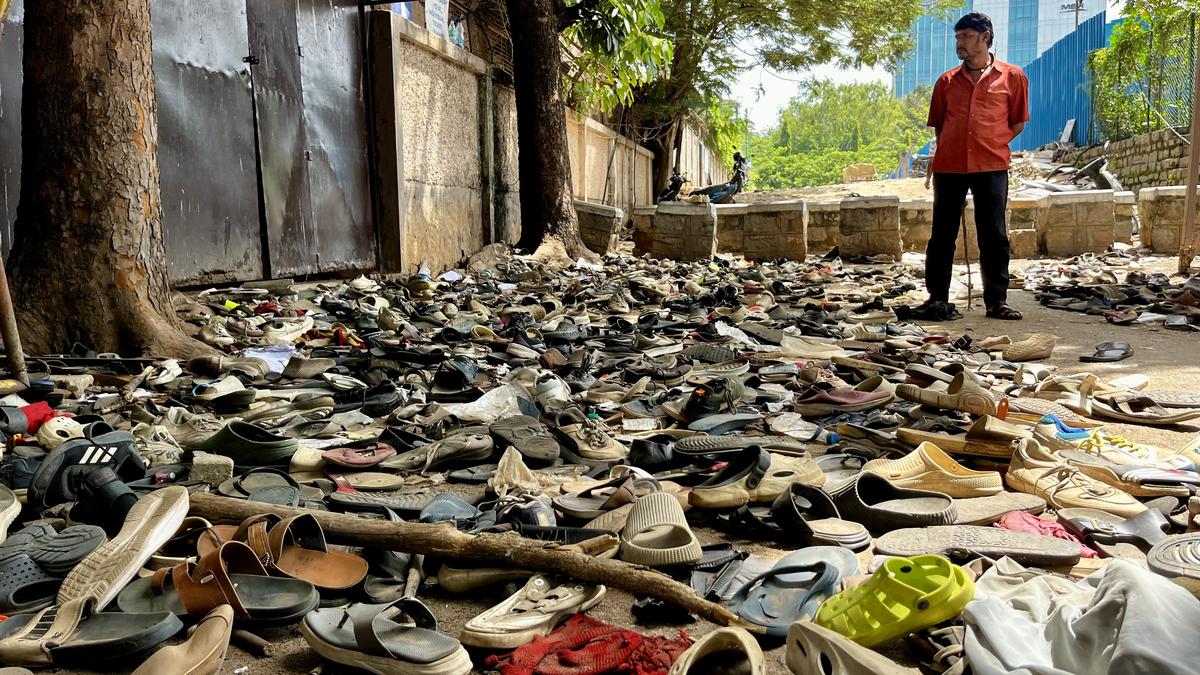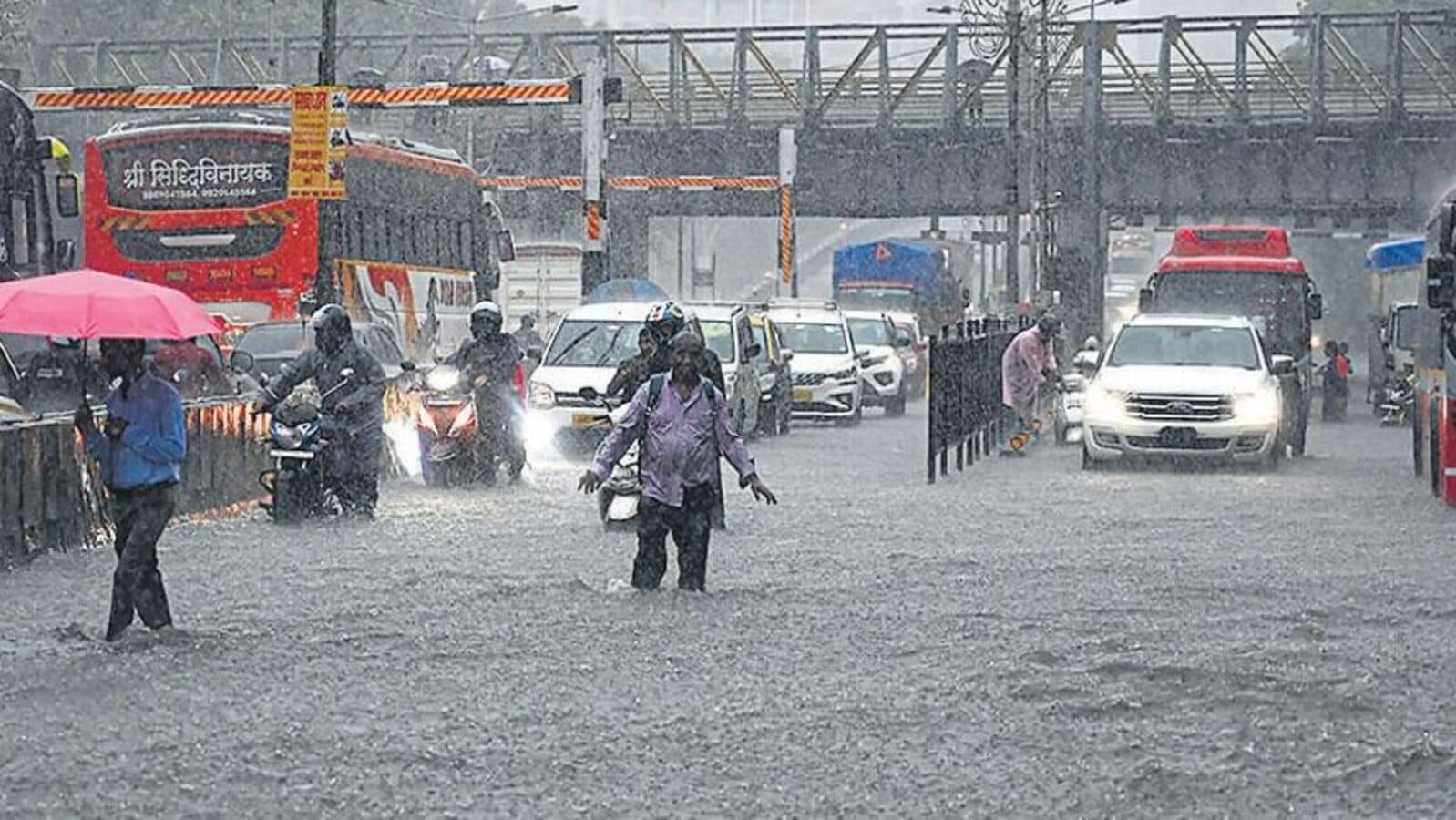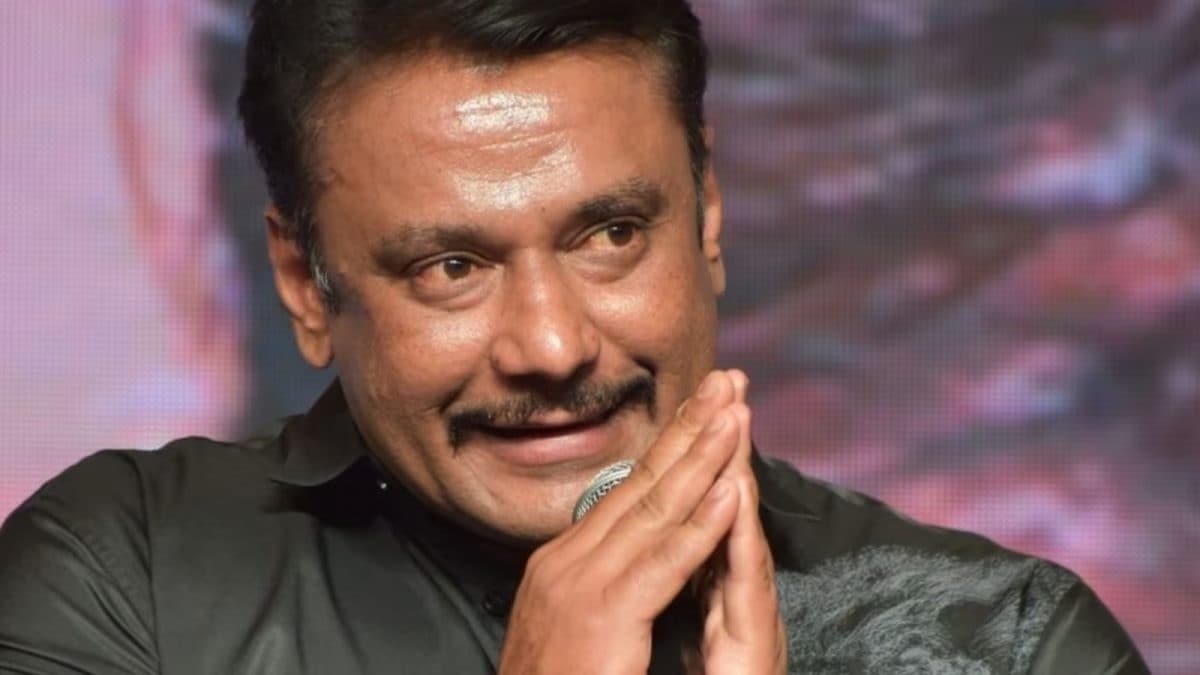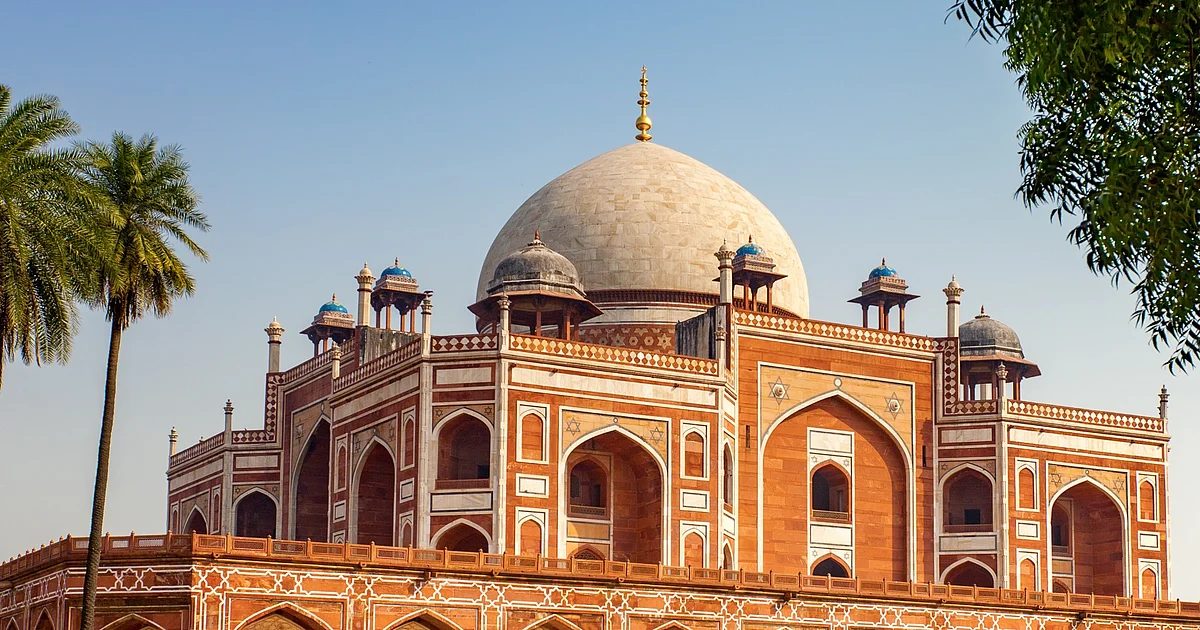The report of the judicial commission formed by the Karnataka government to inquire into the June 4 stampede at the Chinnaswamy stadium in Bengaluru that left 11 people dead and 71 injured, was tabled before the Cabinet on Thursday (July 17, 2025).
The stampede took place during the Royal Challengers Bengaluru’s IPL victory celebrations in the city. The report of the one-man commission led by Justice Michael D’Cunha has held the organisers of the event responsible for the stampede, while also criticising the role of police officers, including former Bengaluru City Police Commissioner B. Dayananda, in the stampede.
Minister for Law and Parliamentary Affairs H.K. Patil told mediapersons that Chief Minister Siddaramaiah, who had had received the report a few days ago, tabled it before the Cabinet on Thursday. “The Cabinet has deferred the discussion of the report to the next meeting,” he said.

The commission has recommended “appropriate legal action” against representatives of Royal Challengers Sports Pvt. Ltd. (RCSPL), event management company DNA Entertainment Networks, the Karnataka State Cricket Association (KSCA), and five police officers suspended over the incident. While a first information report (FIR) was registered against the RCSPL, DNA Entertainment and KSCA, there has been no FIR against the police officers till date. Sources in the State government said an FIR will be registered against the police officers as well.
How events unfolded on June 4
The police denied permission due to the lack of critical information, including projected crowd size, event logistics, and crowd control measures. Another reason was that the proposal was made at short notice, which precluded due processing.
Despite this, on June 4, RCB unilaterally announced a public ‘victory parade’ from Vidhana Soudha to Chinnaswamy stadium, through multiple social media posts starting at 7.01 a.m.
A final post at 3.14 p.m. announced that the parade would begin at 5 p.m., and would be followed by celebrations in the stadium. This post was the first to mention that free passes were available online, but it came after large crowds had already started gathering.
The posts garnered widespread attention, with the first four updates accumulating viewership figures of 16 lakh, 4.26 lakh, 7.6 lakh, and 17 lakh, respectively.
This crowd estimate is supported by BMRCL ridership on June 4, which reported 9.66 lakh commuters compared to a daily average of six lakh.
The report said that the organisers of the event had not taken permission from the police as per procedure. However, it said the police had “failed to stop the event knowing fully well that it was unauthorised and… was organised in haste without proper security arrangements”.
It further observed that the police were found working on security arrangements (bandobust) under orders of the Commissioner of Police “apparently in collusion and in nexus with the organisers even before the activation of the arrangements by the organisers”.
Lack of proper information on celebrations, or necessary planning
Authorities claimed that essential details, such as the number of participants, assembly point, timing, names and contact details of people in charge of organising the event, and plans for traffic and crowd control, were entirely missing.
This lack of information prevented police from assessing the scale of the event, or planning adequate safety measures.
Furthermore, there was no signage or loudspeaker for public instructions, no trained staff for crowd management at entry gates and within seating areas, and no prior request for loudspeaker use or police bandobast.
The organisers also failed to pay for police deployment, as mandated by Government Order dated May 22, 2019, the report stated.
How police handled the event
It further notes that security provided by the police was inadequate and ineffective. “Of 515 men and officers deputed for bandobust, only 79 men and officers were posted outside the gates to manage and control the crowd. Even these men and officers were not visible at the venue during the crisis,” it observed. It also said that the control room failed to alert security staff positioned at the gates.
Despite the absence of coordination or approvals, the Bengaluru City Police implemented multiple measures to manage the situation on the ground.
A meeting was convened at 10 a.m. on June 4 in the office of the Joint Commissioner of Police, where traffic and law enforcement planning was finalised.
The traffic personnel deployed comprised 4 DCPs, 6 ACPs, 23 PIs, 57 PSIs, 104 ASIs, and 462 constables.
Movement of vehicles on the route taken by the RCB team — from HAL airport to Taj West End hotel, Vidhana Soudha, and finally Chinnaswamy stadium — was regulated to minimise disruption.
A traffic advisory and map were released through press, social media, and FM radio, advising people to avoid areas in the central business district, and use Namma Metro or other public transport due to limited parking. Nine diversion points were created and 125 barricades put up, with an additional 11 barricading zones added as a precautionary measure. Local schools were requested to close by noon.
BMTC deployed its Sarathi teams, and the E-Path app was activated for ambulance management. A dedicated control room monitored traffic movements throughout the event.
Eight major sectors were identified, and police personnel were stationed to regulate and manage the crowd.
What organisers ignored
The report says organisers themselves triggered the stampede by not regulating entry into the gates and making reckless announcements with regard to the entry into the stadium. The design and structure of the stadium was unsuitable and unsafe for mass gathering, the report says, recommending the shifting of all big events that draw large crowds out of the stadium till suitable infrastructure as per international standards is provided at the stadium, sources said.
The report concludes that RCB, DNA Networks, and KSCA ignored standard procedures and safety measures, leading to violations and potential public safety risks.
Their failure to obtain permission and coordinate with authorities ahead of time left the city administration with no option but to respond reactively to an event that had already gained momentum through social media mobilisation.
“Recognising the need for accountability within the law enforcement hierarchy, the government took action against police officials on June 5, 2025.
“A Government Order suspended five police officers, including three IPS officers of significant rank: the Commissioner of Police, the Inspector General and Additional Commissioner of Police, and the Deputy Commissioner of Police, alongside the Assistant Commissioner of Police for Cubbon Park and the Police Inspector of Cubbon Park,” the report states.
(with PTI inputs)





